Ask Ethan # 110: what did the sky look like when the Earth was still formed?
Four billion years ago, the universe was not the same as it is now. What would we see?
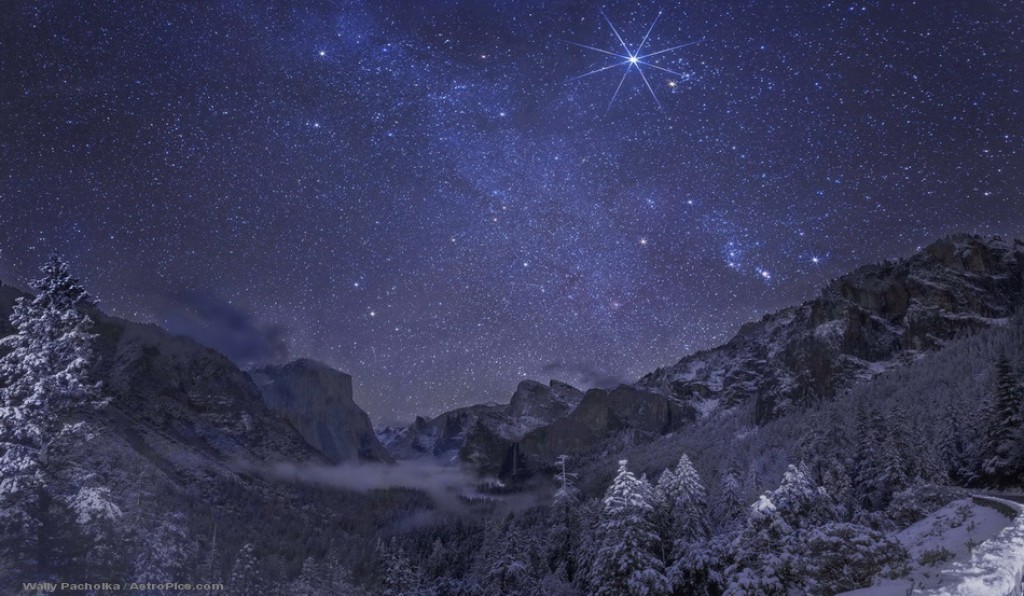
At such moments, ascending with the heart at that very moment, when the night flowers lift their fragrance to the sky, all glowing like a lamp, lit in the middle of a starry night, as if dissolving in ecstasy before the universal effulgence of the universe, perhaps he himself could not have said what happens in his soul; he felt something emanating from him and something coming down to him. Mysterious exchange between the abysses of the spirit and the abysses of the universe!
- Victor Hugo
Although the stars in the night sky seem fixed and unchanged throughout human life, our world has been around for billions of years. This is a long time for any processes: stars are born, burn their fuel and die, galaxies unite, the Universe expands, etc. This is enough to get interested in - what was the difference between the night sky in those ancient times? And so our reader Scott Elric asks:
What would the night sky look like in general for an observer on a newly-formed cooling Earth 4 billion years ago? Would the night sky be the same? Or lighter?
To understand what the sky would look like then, we need to decide on what we are looking at today.
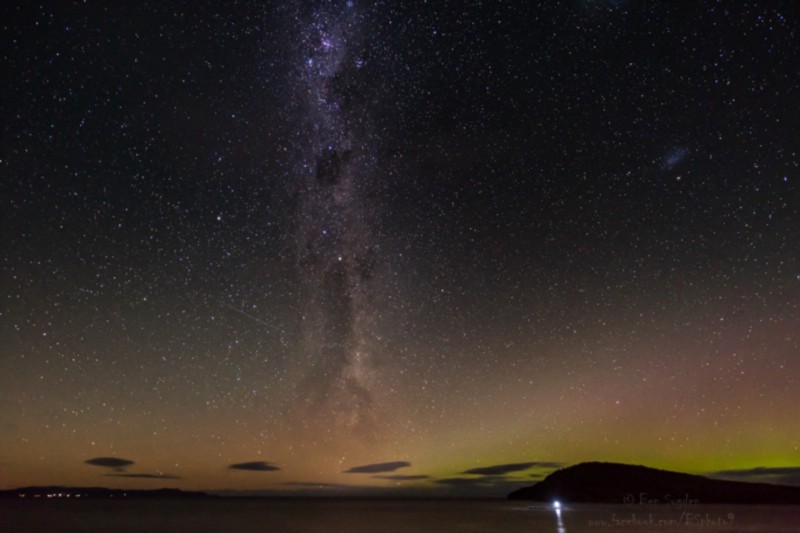
Although when looking at distant objects of the Universe, we may have a feeling that we are looking into the depths of infinity, in fact, we see a combination of two things: the closest to us and the brightest stars. The top ten brightest stars in the night sky include those closest to us, such as Sirius and Alpha Centauri , less than 10 light-years away, but also the brightest, such as Riegel and Betelgeuse , which are hundreds of light-years away. superior to the Sun in brightness by 100,000 times.

Sirius
')

Betelgeuse

Rigel
For human eyes to see a star, its apparent magnitude must be +6 or brighter. This restriction requires a combination of distance and brightness of a star, unattainable for most stars in the Milky Way. From our Earth, with the naked eye, only 6000 stars are visible on the entire celestial sphere.
All this is described on the assumption that the observer is not in the area contaminated by light, and that the brightness of celestial and terrestrial objects does not illuminate the Earth’s atmosphere.

Little can compete with these limitations of human vision, but there are many objects in the Universe that are surprisingly trying to do this. For example, restrictions on distance and brightness relate to individual stars, but blurry and extended objects may seem much brighter. Some star clusters, globular clusters and whole galaxies will be visible from the Earth with low light pollution, but these classes of objects, with light smeared over a large area, are the first to disappear from view when the light pollution increases.
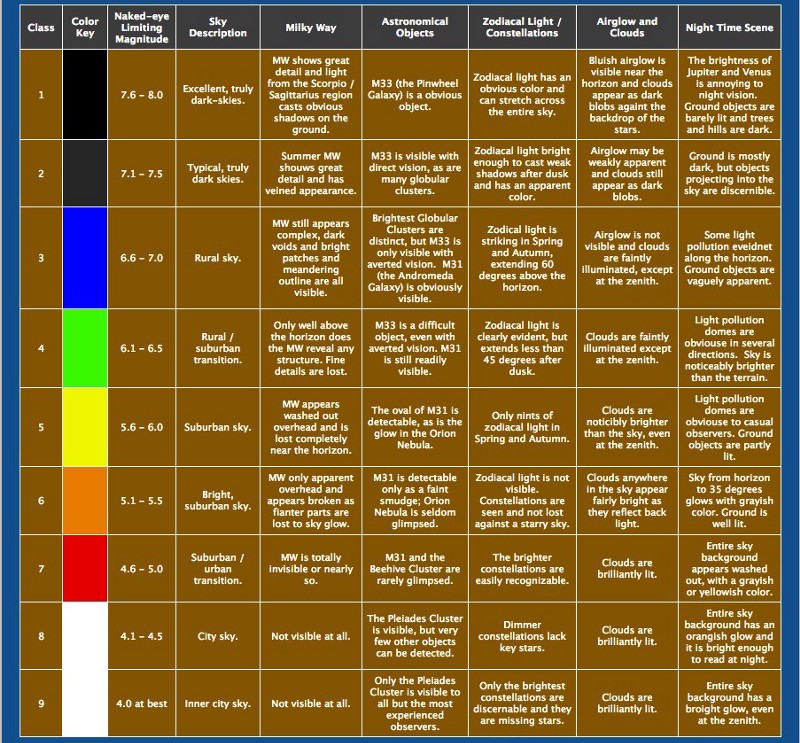
Object visibility scale
Considering all this, the Earth, the Solar System, the Galaxy and the Universe were very different in the distant past, and these differences would make changes to the night sky of those times in many ways. If we take an observer with human eyes, what would he see 4-4.5 billion years ago, when the solar system was formed and passed the first stages of its evolution?

More planets in the sky, with brighter ones . Today in the sky in the east before sunrise you can see a few bright lights. In addition to the bright blue star Regulus, there you can find the planet Venus (it will be the brightest), Mars, Jupiter and even Mercury.
But in the early history of the solar system there was probably not only more planets, as simulations tell us, but also Jupiter, Saturn, and even Uranus with Neptune could be much closer to the Sun, as the Nice model shows.

Today, Uranus is on the edge of the capabilities of the naked eye, but in ancient times Jupiter, Saturn would shine brightly, and Uranus and Neptune — and probably another planet that has since escaped from the system — would be visible in the sky. Remember that today in the solar system we observe only the surviving planets!
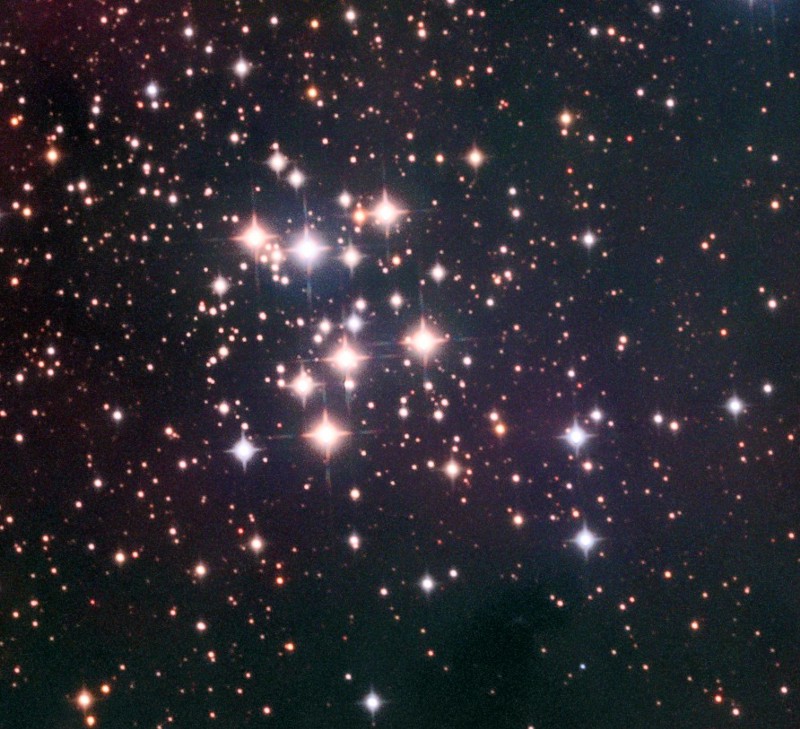
Thousands of extra bright stars . Today, the star closest to us is more than 4 light years from us. Within a radius of 30 light years, we can see only about 300 stars .
But our Sun, like all stars, was not formed in isolation. 4.5 billion years ago, the Sun was part of a gigantic star formation region in which thousands of them most likely appeared, and although many of them were not so bright, some were even brighter.
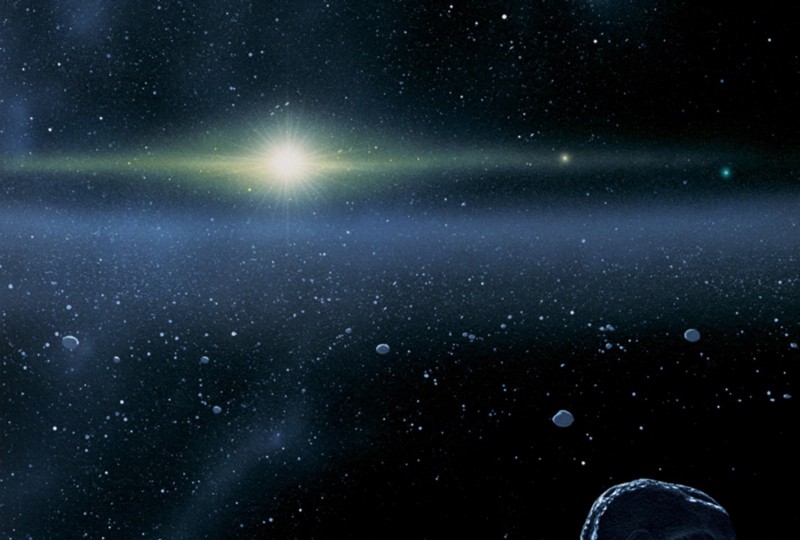
An inside view of one of these clusters would be rather dusty, since the solar system needed to shake off all these protoplanetary debris. But when the dust had settled and disappeared from the system, we would have discovered a sky filled with many thousands of stars, located closer and shining brighter than the brightest parts of our sky today.
For tens of millions of years, heaven must have been full of bright and glittering stars at night.

The formation of the moon would make its own adjustments to the view of the sky ! After 50-100 million years after the formation of the Earth, the protoplanet Thea collided with the Earth, and knocked out the debris that soon gathered in the moon.
However, the moon and the surface of the earth remained hot for a very long time — most likely for millions of years — after that, therefore, they had to emit so much visible light that the night sky would be very bright. Imagine - our planet was so hot that it contributed to light pollution just due to thermal radiation!

After several hundred million years, the star cluster, in which we appeared, began to disintegrate . Such open clusters rarely exist for more than half a billion years before gravitational interactions tear them apart and deprive them of most of the stars. Soon after we were thrown out, our night sky would have differed little from today.
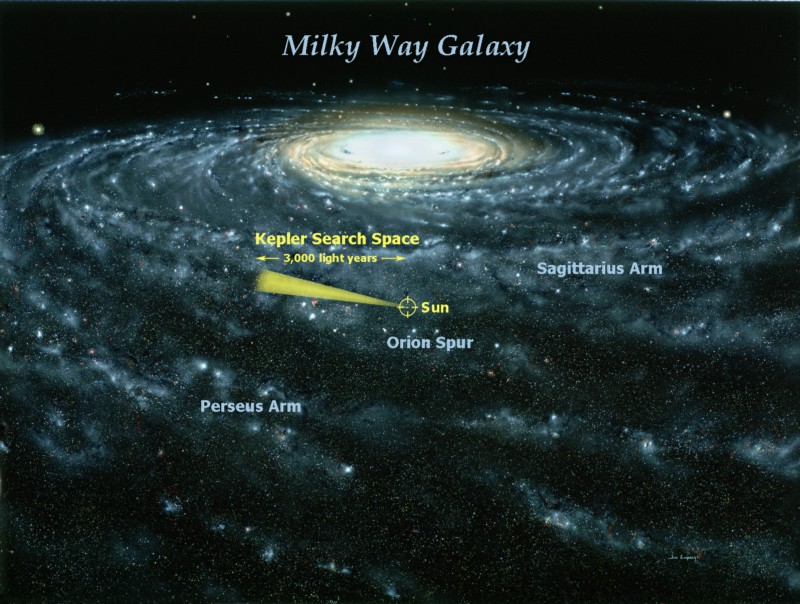
As we travel around the Galaxy — and the stars get closer or farther from us — as well as the formation and disappearance of stars of classes O and B in new clusters, individual stars visible to us may change with time, but the number and the brightness of the stars remains about the same. Of course, we can be closer or farther to star clusters (such as Hyades and Pleiades), to star formation regions, such as the Orion Nebula, or to be on the other side of the Galaxy, making extragalactic objects such as Maffei 1 and Maffei visible. 2

Maffei 1 lower right, Maffei 2 upper left
But distant blurred objects, including other galaxies, would hardly have looked different even four billion years ago, since the expansion of the Universe, affecting only its superscale, would make only 2-3 galaxies invisible to the naked eye in the intervening time. It is much more likely that small galaxies would be visible, absorbed since then by the Milky Way, and large and small Magellanic clouds, on the contrary, would be too far away from us to be seen!

So, Scott, some of the details of the night sky would be very different, but most of the changes would be related to the immediate environment of the sun. Our sky today seems to us unchanged during the short time periods available to us, but 4 billion years ago, for an observer, everything we see today - with the possible exception of Andromeda - would look completely alien.
Source: https://habr.com/ru/post/399663/
All Articles